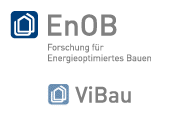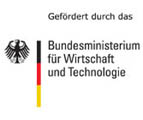Vacuum Insulation Glass: Background
The idea for an evacuated glazing was patented almost 100 years ago, yet it was only at the end of the 1980s that an Australian research group managed to realize the first vacuum glass with pressures between the panes of < 10 - 3 mbar. Glass solder was used to seal the edges, which melted the two panes of glass together at temperatures around 450 °C. The Japanese company Nippon Sheet Glass brought the commercial product Spacia® onto the market on the basis of this research work; the product has now been available for over ten years. This system is on offer with Ug-values of 1.2 to 1.5 W/(m²K) and a thickness of 6 to 10 mm. In comparison to single glazing, which is still the standard in many regions of the world, heating consumption can be reduced up 80 %.In Europe, glazing systems with Ug-values around 1 W/(m²K) are already standard. Triple glazing systems such as those used in passive houses can even achieve Ug-values around 0.6 bis 0.7 W/(m²K). To be able to compete with these prerequisites, research has been carried out in Germany for the last few years on a vacuum insulation glass (VIG) with a Ug-value < 0.5 W/(m²K). The feasibility of such a glazing has been realized within the framework of a project funded by the German Federal Ministry of Economics and Technology (BMWi). The process engineering required to manufacture the glazing is being realized in a follow-up project also supported by the BMWi; results will be available in 2012.


